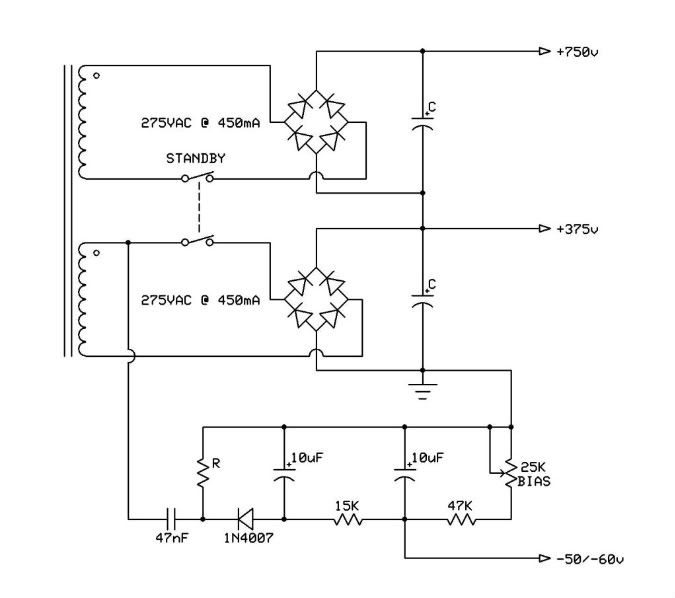As long as Hammond, Edcor, Pacific, Heyboer, MCI, and a few other places are still in business I can't see giving my money to Mercury Mag. They've made a name for themselves but frankly it's just not worth the money. I've listened to many of their transformers and wondered why people still pay so much for them...I just don't get it. Maybe I would if I had a classic amp that I wanted to "keep original."
On the other hand thanks for the tip- they probably have the stuff I need sitting on a shelf, ready to go!
jamie
On the other hand thanks for the tip- they probably have the stuff I need sitting on a shelf, ready to go!
jamie




Comment